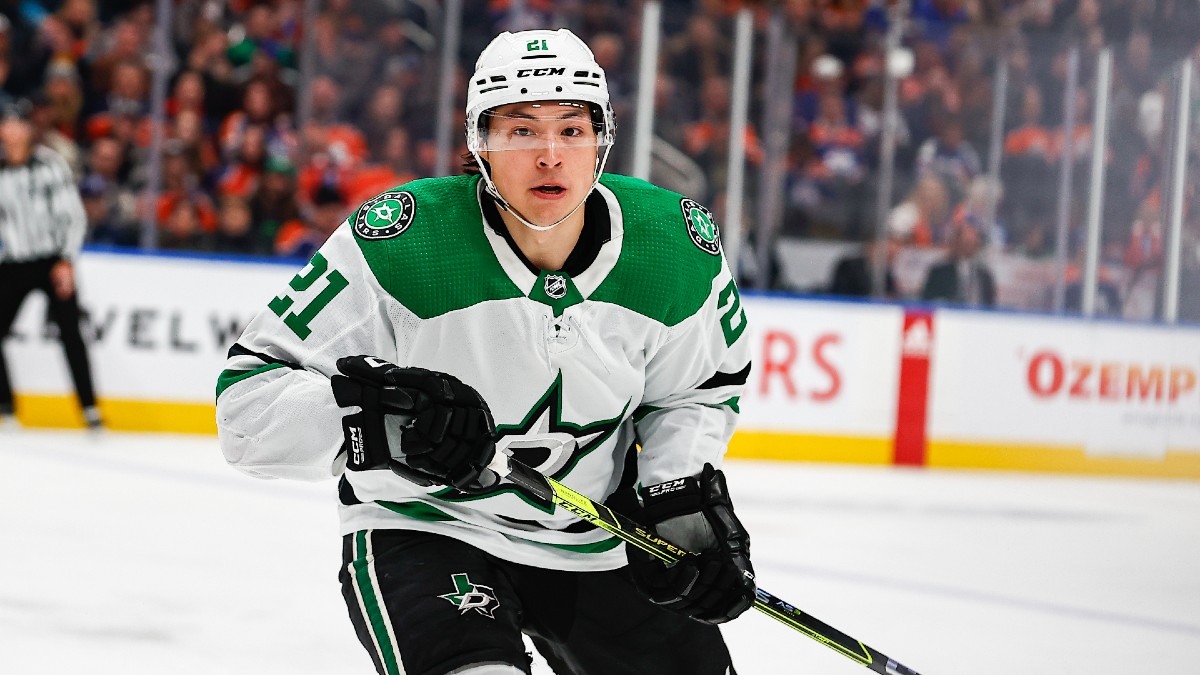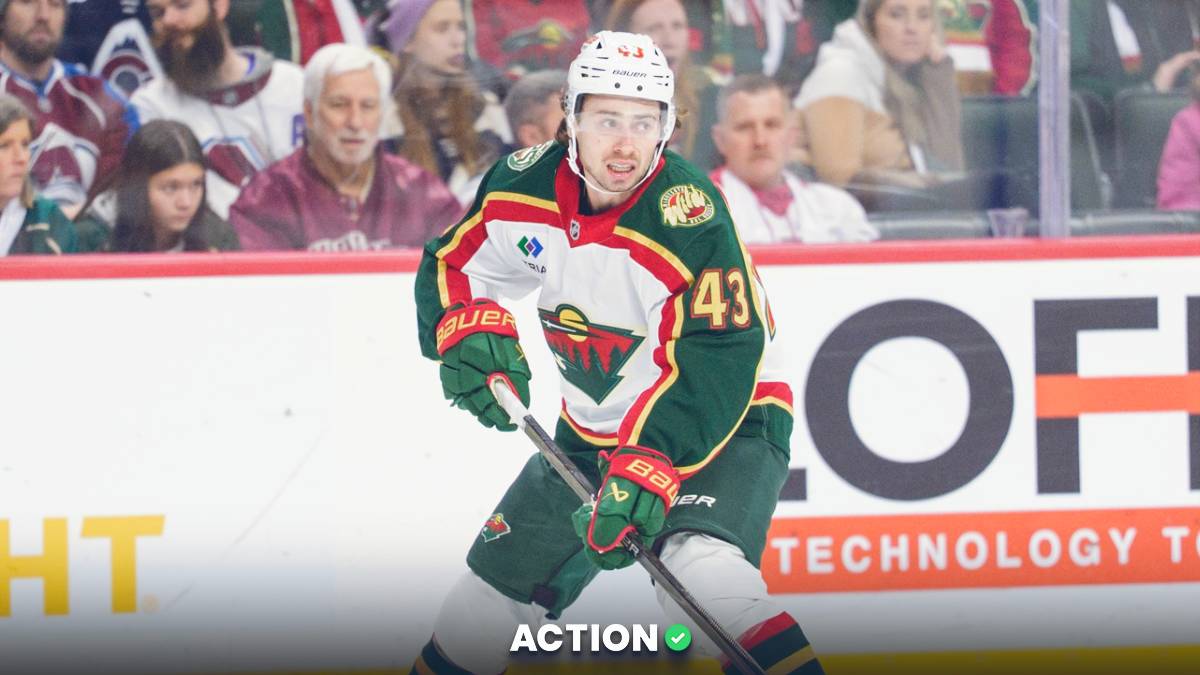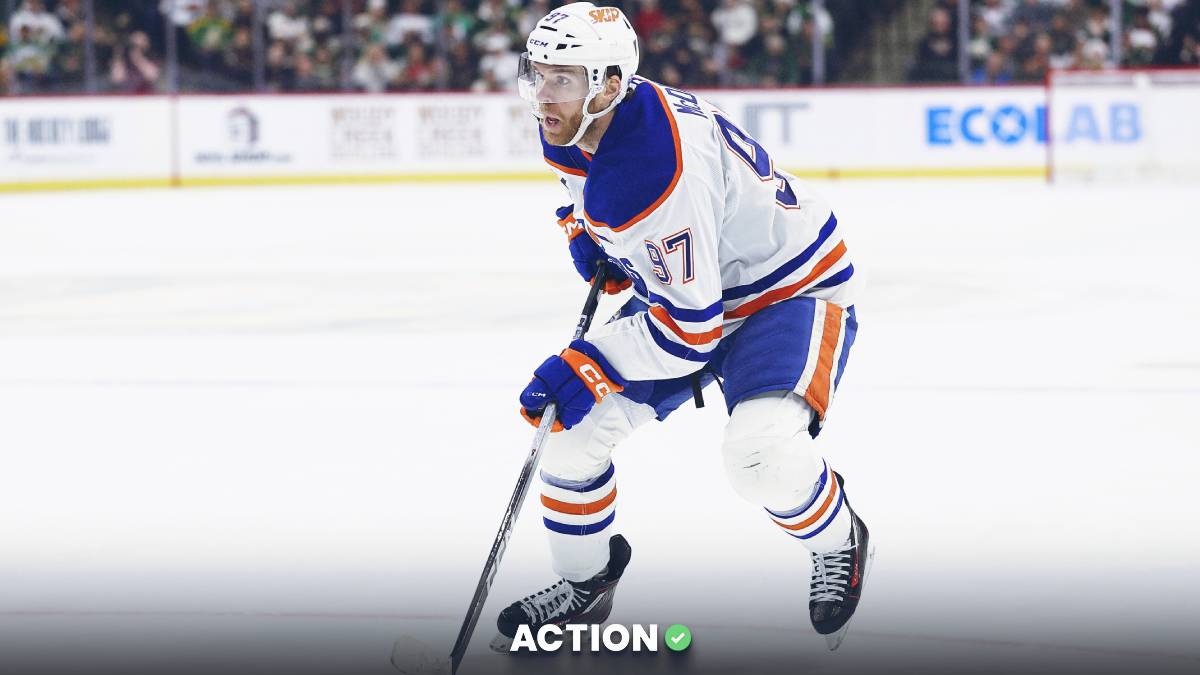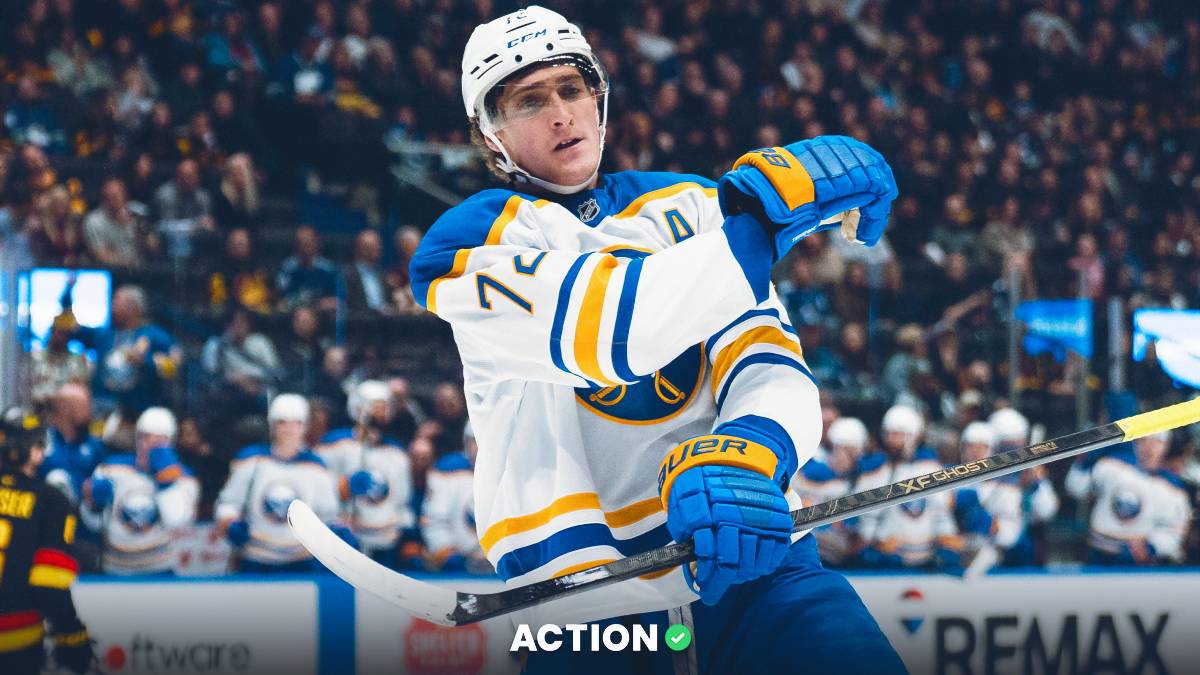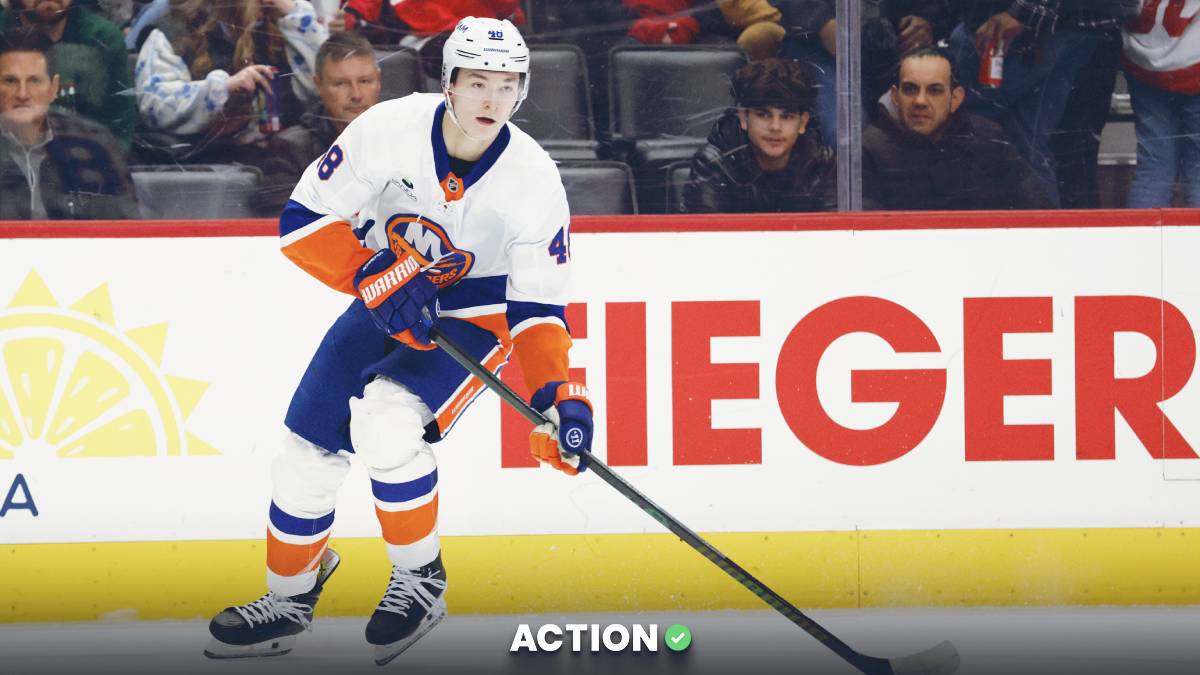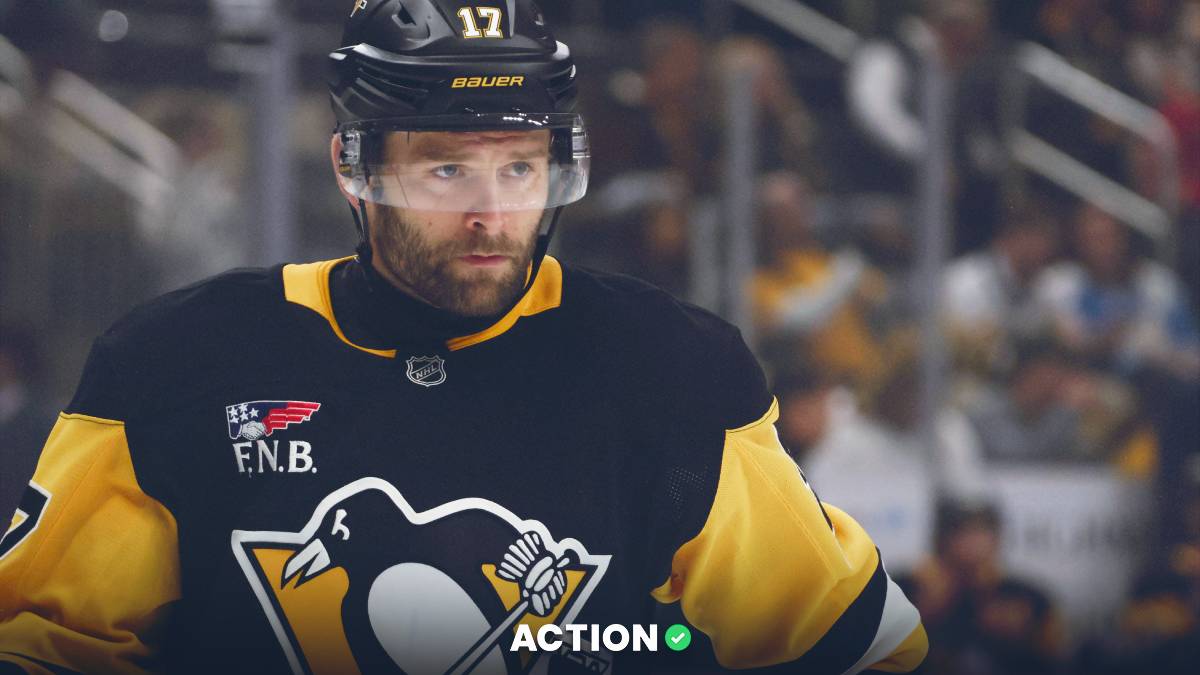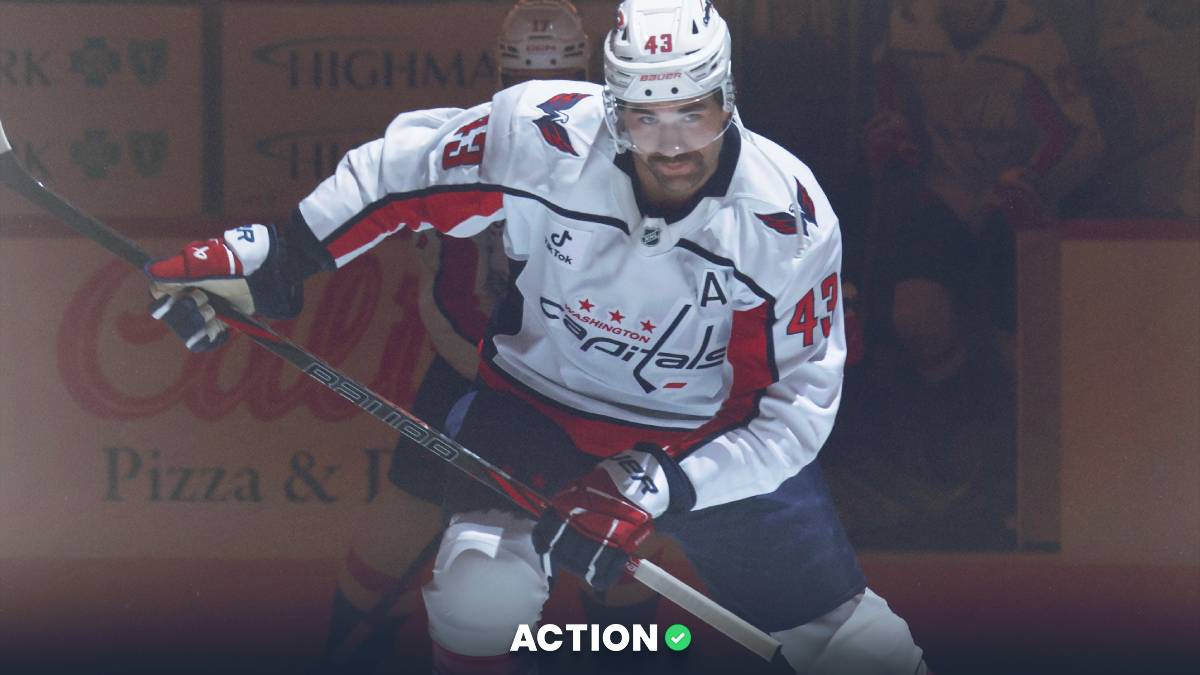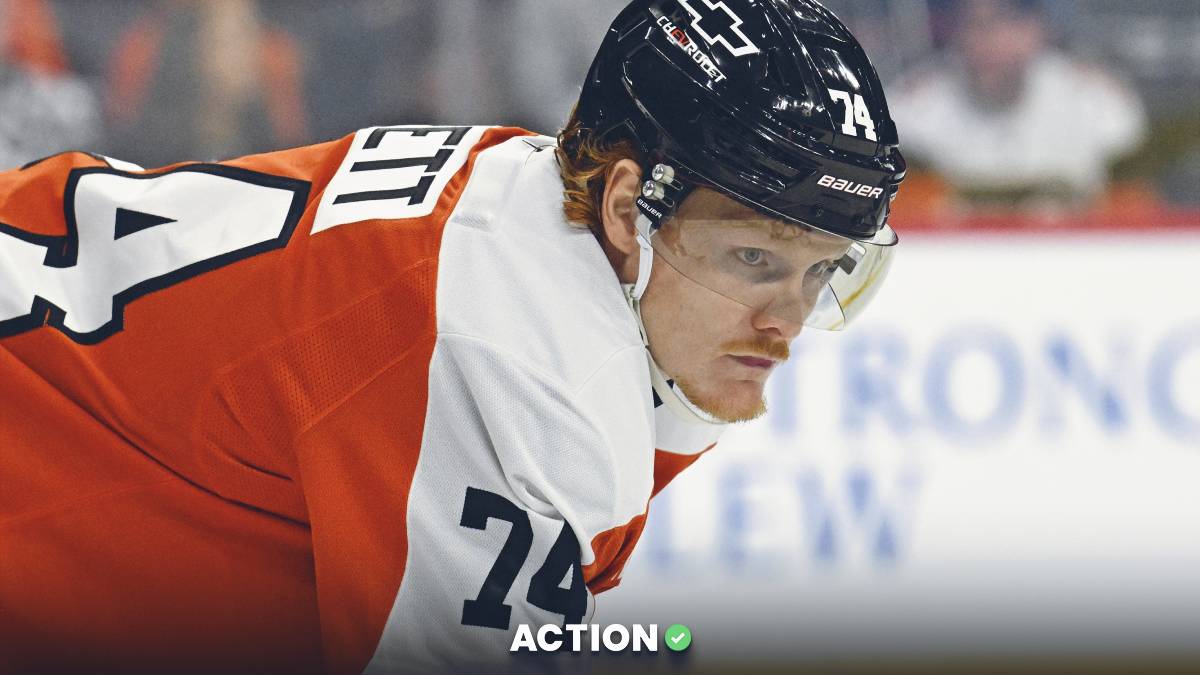I don't know if these pools have a universal name across sports, but the concept is simple: You pick a "fantasy team" before the postseason, and those players accumulate points until they're eliminated. It works for just about any sport with a bracket-style postseason, and it's always been popular in hockey.
There are a few different ways to run a pool like this:
- Snake draft, where only one version of each player is owned. This will typically be amongst friends, with a max of 8-10 entries, or else you'll quickly run out of players (especially goalies).
- Mass-entry. Everyone can pick the same players, so you'll end up with most of the pool owning Connor McDavid and Nathan MacKinnon. These pools will be bigger, and you need to differentiate yourself.
We'll be focusing on the mass-entry type, where everyone can pick the same players. It's the format our friends at MoneyPuck are using.
In 2021, I finished 17th of 613 entries in MoneyPuck's pool by not using the most popular players. In 2022, I almost finished dead last ��� 1026 of 1036 — because the most popular players absolutely crushed it. The favorite (Colorado) won it all, and the most-used player (McDavid) led the pool in points.
That's the Action Network-approved strategy for any mass entry pool — be so different that when it flops, you finish last. But when it hits, you may actually win. I wrote about this same idea for Masters pools, and it ended up working out pretty well (if you picked better longshots than me, anyway).
Here's the format for MoneyPuck's pool:
- Pick three forwards and two defensemen from each conference.
- You don't replace players as they get eliminated.
- Get one point for a goal, expected goal or primary assist, and 0.5 points for a secondary assist, throughout the playoffs.
These playoff elimination fantasy pools offer an extra level of strategic thinking because you must balance picking players who will put up points and advance so that they can continue scoring. You can't score if you're not playing.
So, how do you win a pool like this? You want to treat your roster construction like DFS and get leverage over the rest of the pool.
And that means you want to get a little weird. Here are some strategies to help differentiate your team, with the team I'm entering at the bottom.
Stat Projections for Every Player
MoneyPuck put together a spreadsheet with every player's projected points for the playoffs. You can make a copy and customize the scoring to your league. For a mass entry pool, you don't want to blindly use projections because everyone will use the top players. You need to get a little more creative. But this is still useful in finding little edges.
If you're in a snake draft, this will be particularly useful, because many of the strategies I outline here only apply to mass-entry pools. The projections take into account both player talent and how many games they're expected to play in the postseason, which of course matters here.
1. If You're Not First, You're Last
The goal of these pools is to win, or come very close to winning. Placing 150th of 1,000 is the same as finishing last. MoneyPuck's pool is free to enter and gives a $100 gift card to first, so all the spoils quite literally go to the victor, but most prize pools only pay out the top few spots.
This concept will inform the rest of my strategy, which I believe will increase your chances of winning, but also increase your chances of coming in last. But it doesn't matter if you finish last!It pays the same as second!
If you planned to take all three of McDavid, Matthews and MacKinnon, you'll probably finish in the top 30%, but not in the top 1%, and you can stop reading.
2. Focus on just a few teams
In MoneyPuck's pool, you pick three forwards and two defensemen from each conference. I'll be heavily concentrating my entry heavily around two teams per conference.
Why? In a pool with 1000+ entries, you can't split the baby. You're going to need to have a handful of players from both Stanley Cup finalists to win. Every round your players advance, their expected points scored go up significantly.
Even the best players in the world in 12 games will have a very hard time outscoring a slightly lesser player who plays 26 games (though MacKinnon almost did it two years ago when the Avs routed the Blues in Round 1).
And in the NHL's playoff format, we'll want to avoid any teams that could play in rounds 1-2. We need to nail the conference finalists.
Here is MoneyPuck's expected games for each team.
But what if I pick the wrong teams and they get knocked out in the first round? Shouldn't I split it up and take one player from each team?
No. Splitting it up will help you finish in the top half of the pool, or maybe the top 20%. But it won't help you win. It may slightly increase the entertainment value you derive from this pool. But it won't help you win.
Picking teams will also help your players put up points together — known in DFS as stacking. When Nikita Kucherov scores on the powerplay, it's likely Victor Hedman and/or Steven Stamkos are involved. That's increasing your upside should the Lightning go deep in the playoffs. Because to go deep, they need their best players to score.
And for you to win, everything has to break right.
If you're in a pool where you have lots of players or need to pick multiple teams, make sure you're splitting it up so most of your players won't meet until at least the conference finals. That gives you a max of 21 possible games for everyone. And the NHL's playoff format makes it easy to do that, with the four divisional pods.
3. Get Leverage on the Field
Here's a real example of leverage: The gap between Carolina's chances to win the Cup (about 10%) vs. Boston's (12%) is much, much smaller than the gap between entries that will use David Pastrnak (80%, per the chart below) and ones who take Sebastian Aho (let's guess 15%).
So if you're taking Aho, you're gaining leverage. Could Pastrnak outscore him in fewer games? Sure. Will Boston win the Cup? Maybe. But if things break right for the Canes and Aho, you're getting a massive leg up.
We don't have historical data on ownership in these types of pools because they're quite niche, but MoneyPuck posted on Twitter the percentages of entries using the top players, and total usage by team.
More than 90% of entries are using Connor McDavid. 90%! That's insane.
While McDavid just put together one of the best seasons of my lifetime, he's still an easy fade in this pool because there's about a 60% chance the Oilers don't make it past the second round (per MoneyPuck's model). And if they don't make it, about 90% of the pool will be eliminated.
The Oilers, Bruins, Avalanche and Rangers have the most total usage among teams. I'll be staying away from all of them.
Most common picks so far in our playoff pool. McDavid almost everyone's choice. You can sign-up for our free pool here: https://t.co/J0p8cx9yC5pic.twitter.com/myp8Esaer3
— MoneyPuck.com (@MoneyPuckdotcom) April 16, 2023
To gain leverage, you should skip the highest-owned players, and try to parlay your own team's success with the failures of others. That's why I'll advocate for Dallas this year — if they make a run, that means Colorado will have a max of two series, and Edmonton will have a max of three. That gives you a huge edge.
You don't want to take the worst teams or players just to do it, so don't feel like you need to load up on the Kraken and Islanders. You want to take the least popular teams and players that actually have a chance to put up points and go far.
And here's a visual of leverage. When 90% of the entries use McDavid and he puts up points, they all move up in the standings together. No one gains any ground on each other. But when a unique team scores points, they move alone and everyone else stays in place.
3B. Gamble on Unknowns
Two years ago, using Nikita Kucherov paid off in a big way because he hadn't played all season, and we didn't really know what his postseason usage would look like. He put up 32 points in 23 games and the Lightning won the Stanley Cup.
The big name in that camp this year is Colorado defenseman Cale Makar, though his ownership will be very high as it sounds like he'll be ready for Round 1.
Again, you may take a shot on an injured player, and he may never play a game and he'll get you 0 points. And you may come in last. But it doesn't matter, because last and second pay the same.
4. Do Some Math on the Goalie Scoring
If your pool features goalies, you'll often want to pair your tender with your offense. When your offense is scoring, it means your goalie is winning, and advancing so he can win more games.
But understand how the scoring works. If a goalie win is worth two points and a goal/assist are 2/1 points, goalies become pretty valuable. So in that scoring system, the Cup winner would get 32 points from their goalie. McDavid if the Oilers win the Cup could put up 40+ points, for context.
5. Making Your Roster Unique
I think I sometimes oversell the "contrarian" angle in these types of pools. You don't necessarily need to use all unique, 1%-owned players. You don't need to play Matt Martin, Tyler Motte and You just need your lineup to be different.
In looking at the percentages of ownership for 2023 and looking at the entries from last season, the most popular roster construction seems to be using the top 2-3 players from four different teams, all from different divisions. So last year you had a lot of McDavid-Draisaitl-MacKinnon-Makar teams in the West, and a lot of Huberdeau-Barkov-Ekblad-Aho teams in the East.
If you want to use the Avs or Oilers, make sure you don't follow the same pattern as everyone else. Maybe you can use McDavid, Draisaitl and Ryan Nugent-Hopkins as your forwards, as I wouldn't expect RNH to be highly used because everyone wants that third slot for an Avs forward. Of if you go heavy on the Avs, use Valeri Nichushkin instead of Mikko Rantanen.
6. My Team
Hopefully points 1-5 were compelling enough that you now trust my line of thinking, even if you don't trust me. Which is fair.
For a mass-entry pool, my recommendation is to just avoid Edmonton, Colorado and Boston. Plant your flag on another 2-3 teams you like, and pray. If you use the same players as everyone else, you'll need several lifetime's worth of chances to come in first. It's really hard to win these pools. But in a year with just a handful of upsets, this strategy makes it much more likely.
Here is my entry:
Eastern Conference
- F: Sebastian Aho (CAR)
- F: Seth Jarvis (CAR)
- F: John Tavares (TOR)
- D: Brent Burns (CAR)
- D: Morgan Rielly (TOR)
I wanted players from each side of the bracket, hoping for Carolina vs. Toronto in the Eastern Conference Final. And I opted for Tavares because his projected points aren't that far behind teammate Auston Matthews, but I get the sense that he'll be much less owned.
And I don't think most people will want to use Carolina's best players, even though they're a Cup favorite. The Rangers and Devils have some flashier offensive names, and Boston will be heavily used as well.
I also considered loading up on Tampa, which has been a pretty good option over the past few years.
Western Conference
- F: Jason Robertson (DAL)
- F: Roope Hintz (DAL)
- F: Joe Pavelski (DAL)
- D: Miro Heiskanen (DAL)
- D: Josh Morrissey (WPG)
The choice to fade Edmonton is simple. With 90% of the entries using McDavid, you're basically playing a lottery in hopes that your other picks are good enough to get into the top 1%. If you fade McDavid and Edmonton gets upset in the first or second round (again, there's a 62% chance of that happening) we've eliminated 90% of the field and we now have a real chance.
You may also think you want "some exposure" to Edmonton, but that is a self-defeating strategy. If you take Evan Bouchard as your defenseman but fade the forwards, you're toast anyway if the Oilers make a deep run.
Dallas makes sense because they have some players who can put up big offensive numbers, but should be lightly used. Heiskanen will be somewhat popular, but we know from MoneyPuck's percentages that everyone is using Avs and Oilers forwards, so Robertson, Pavelski and Hintz should be unpopular.
They also play together on the first line and on the powerplay. So if Dallas is going to make a run, this line will fuel it.
That's it! Best of luck. Remember that you probably won't win no matter what your strategy. But the chances there's chaos in the NHL playoffs are always high, and if you set your team up to thrive amid that chaos, you actually have a chance to win.


